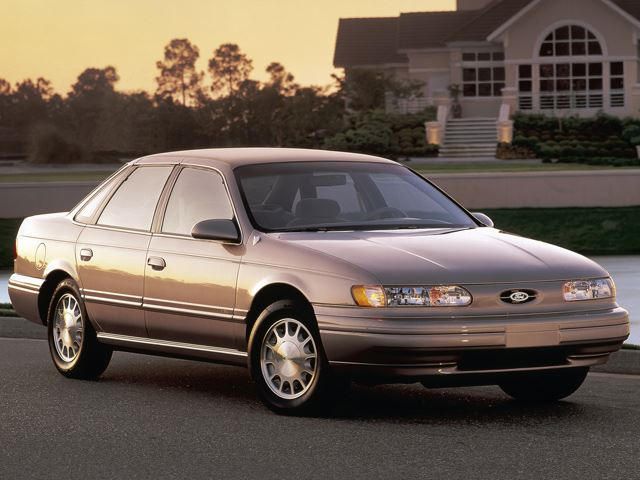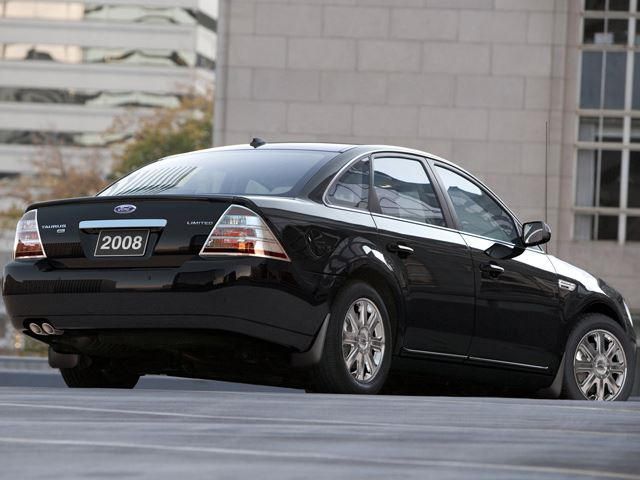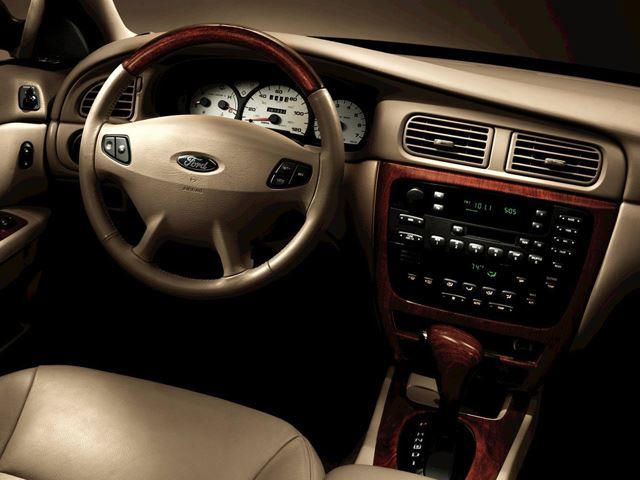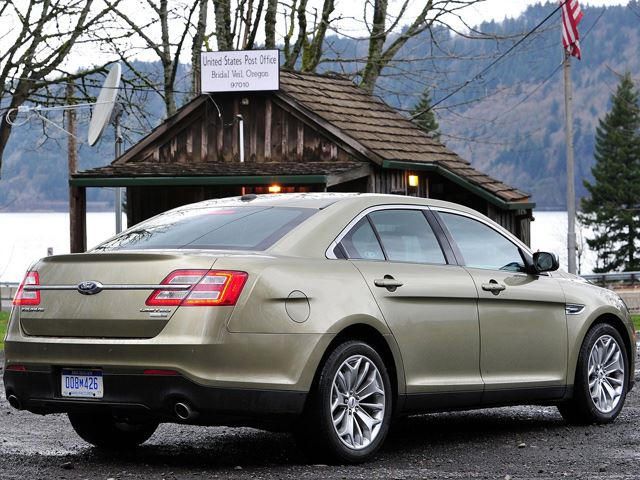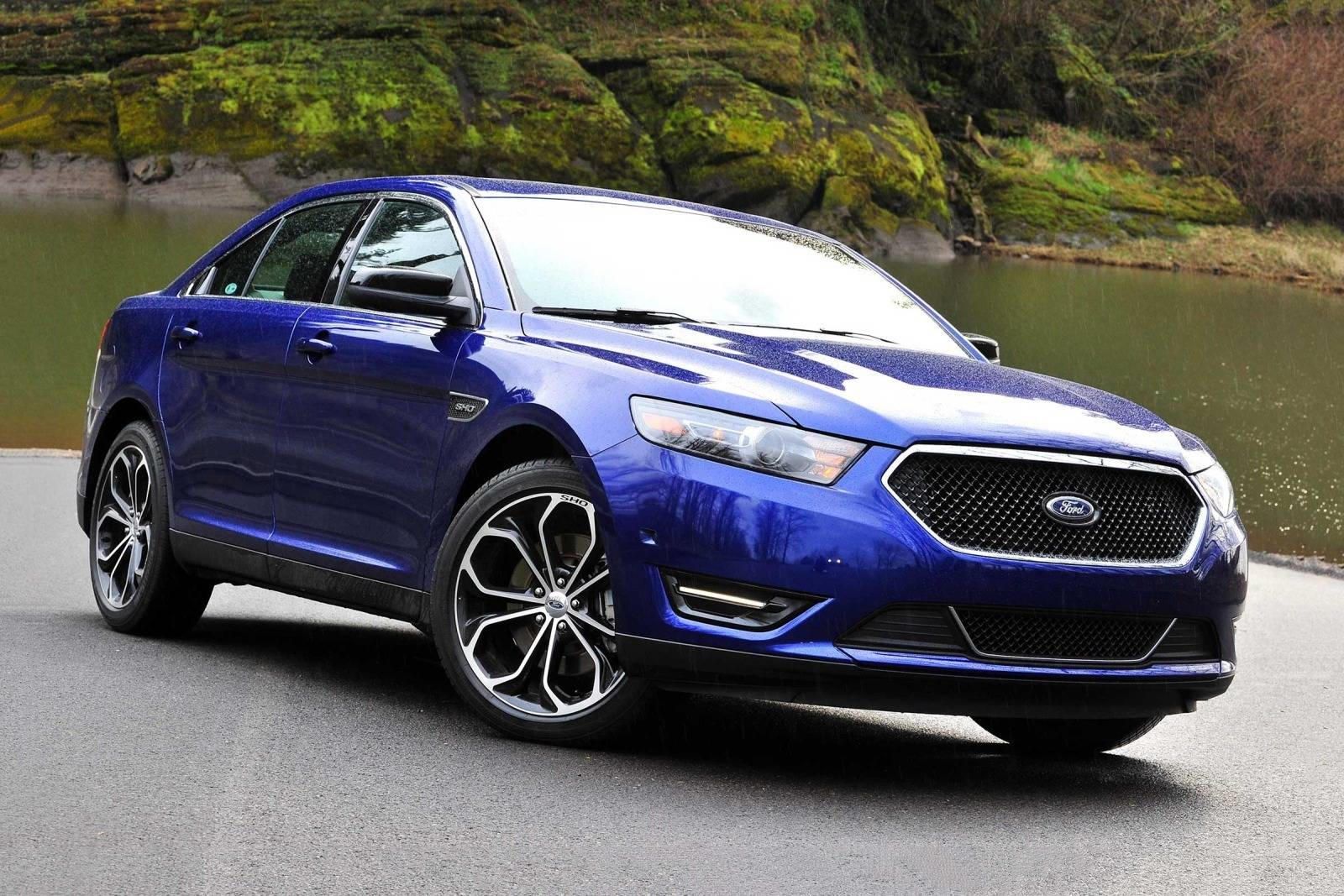
In fairness, the factors which landed the Ford Taurus on this list are present in quite a few different cars. But the Taurus car exemplifies them perfectly, and demonstrates the difficultly in holding the value on a car which also sees large amounts of fleet sales. This isn't to say there's anything wrong with the Taurus; there is a reason why it has lasted so very long and was a huge hit at one time. But it is precisely because you see so many of them that they don't go for much.
The Taurus debuted in 1985 as a 1986 model, and although it isn't always so easy to see it now, it was an incredibly advanced vehicle at the time. The design was not only very modern-looking, but also one of the most aerodynamic of all mainstream cars, and the resulting advantage in fuel economy was much appreciated by consumers. Compare it to the competition, the Chevy Celebrity or Chrysler's K-car, and the appeal of the first-gen Taurus becomes obvious. This wasn't just on the exterior either, as the interior represented a major leap forward in ergonomics and was modern without being too gimmicky.
Ford offered an extensive list of options, particularly for the interior, but those wishing a more luxurious experience also had the option of the slighlty more upmarket Mercury Sable. Starting in 1989, performance enthusiasts also had the option of the Taurus SHO, an entertaining sleeper which earned itself a respectable following. In its first year, the Taurus landed on Car and Driver's 10 Best list, and was also named Motor Trend's Car of the Year. Ford sold 200,000 units in the first year, and a million by 1989. That figure would rise to 2 million by 1991, and throughout its entire second generation (1992-1995) it was the best-selling car in America.
It was during the third generation when everything started going to hell. Ford would attempt to bring the car upmarket, and gave it its first complete redesign. But the oval styling (inside and out) of this new generation was not such a hit, and the Taurus began losing sales to the Japanese sedans which had of late been growing in size and popularity. Sales to rental fleets kept Ford's numbers up, but those accounted for some 51% of Taurus sales, and it should have been obvious that something was very wrong. But in the mid to late Nineties, Ford, and American carmakers in general, were much more concerned with the growing SUV market.
Sedans were quickly becoming boring and old-fashioned, and Ford completely failed to address the problems with the Taurus. The fourth generation, which debuted in 2000, came out at the height of the SUV craze, and was by this point hopelessly behind the Japanese competition. It came out of the gate strong, with good sales for the 2000 model year, but sales declined every year that it was sold. Ford's abortive attempt to replace the Taurus in 2006 with the Five Hundred ended with the new car simply being renamed Taurus, the nameplate becoming a full-sized model.
Sales to rental fleets continued, although not in the same numbers, and total sales are now a fraction of what they once were. The new Taurus is really not at all a bad car, but it is unlikely to every be anywhere near as popular as the Fusion, Ford's new mid-size model which occupies the role that once belonged to the Taurus. Third and fourth generation Taurus models suffered the worst depreciation, and it's easy to see why. People will often abuse rental cars, and when more than half of a model's sales go to rental fleets, used car buyers become very wary that the car they are looking at might have been treated badly.
This on top of the stagnation in the model's evolution and some questionable styling choices, to say nothing of how yawn-inducingly common they were. Sales are currently about one sixth of what they were a decade ago, but this could be what the Taurus needs to regain any kind of resale value. After a few more years of not seeing a Taurus everywhere you look, they might once again start to look appealing.

